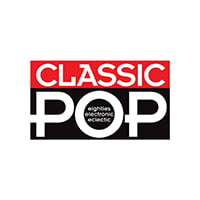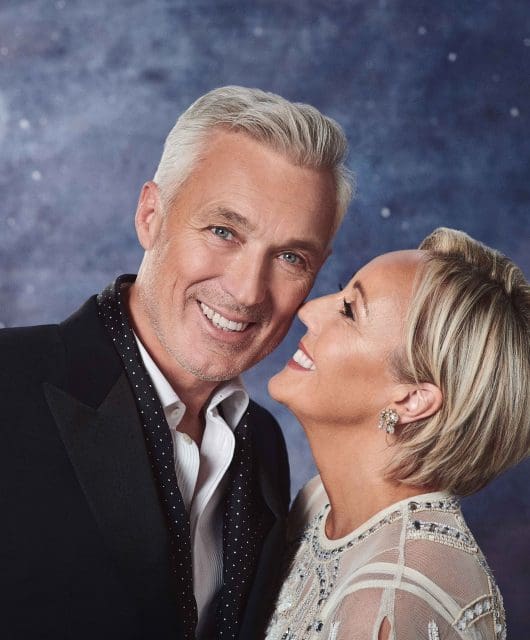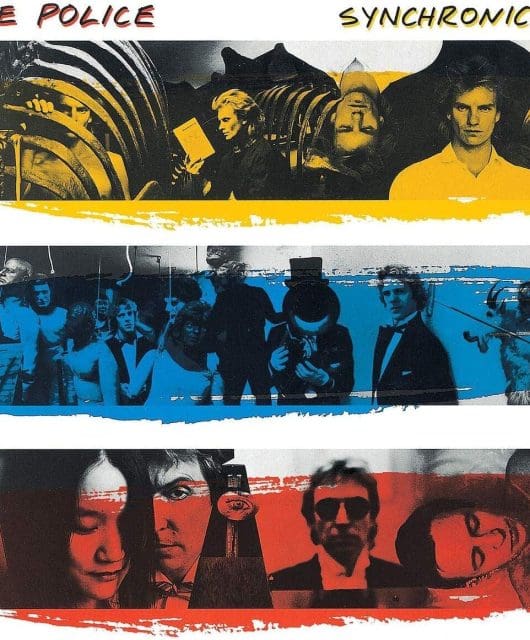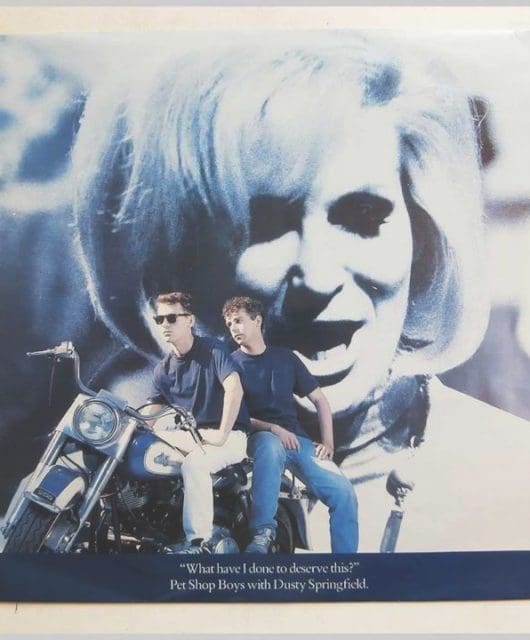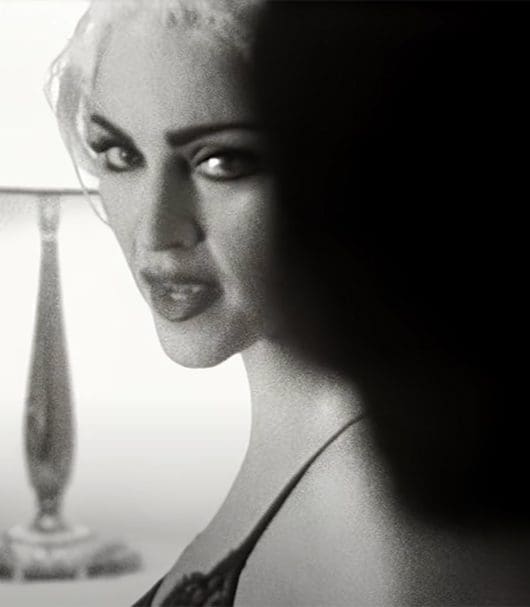Lol Tolhurst interview: “When I left The Cure my whole life disintegrated”
By Classic Pop | December 16, 2023
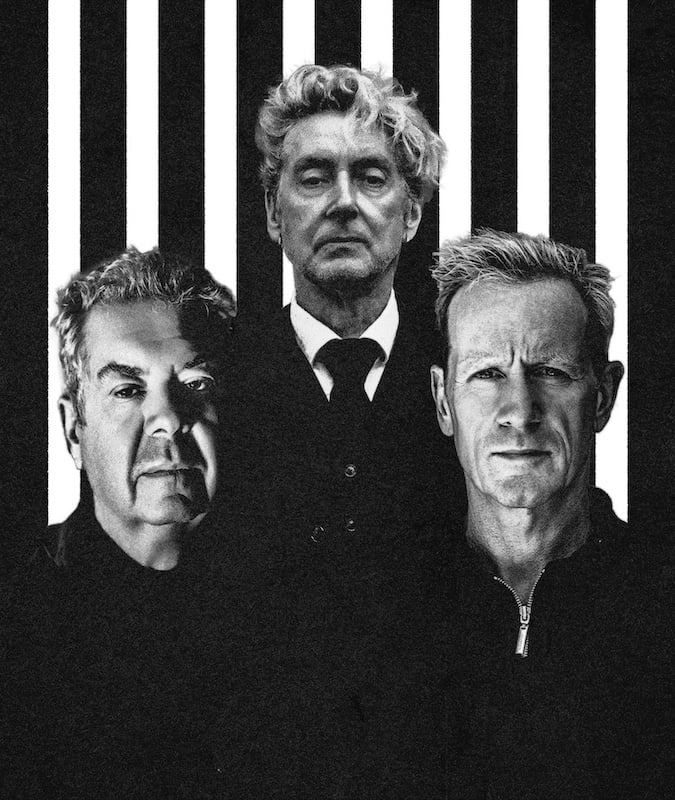
As a brand new album and second book hit the shelves, The Cure’s former drummer Lol Tolhurst takes time out of his packed schedule to talk to Classic Pop. By Dan Biggane
The Cure’s founding member Lol Tolhurst has teamed up with Siouxsie & The Banshees drummer Budgie and celebrated producer Jacknife Lee for a new collaborative album entitled Los Angeles.
The 13-track LP is a wild trip into the dark heart of contemporary La La Land with guest appearances from the likes of LCD Soundsystem’s James Murphy, Primal Scream frontman Bobby Gillespie, Civil Rights avant-gardist Lonnie Holley, Idles’ Mark Bowen and The Edge from U2.
Also, seven years since the publication of his memoir, Cured: The Tale Of Two Imaginary Boys, Tolhurst has found time to deliver a deep dive into the dark romanticism of Goth music with his second book, Goth: A History.
“Things are very busy,” he says, “but that’s the way the music business seems to work. You have years where nothing happens and then suddenly everything happens at once.”
How did the idea of working together with Budgie come about and what did Jacknife Lee bring to the studio?
Budgie was in L.A. on tour with John Grant in 2018 and we met up. We got talking over coffee about how we should work on something and it all developed from there.
Initially we did a whole other album with our friend [Bauhaus drummer] Kevin Haskins and Danny Lohner from Nine Inch Nails.
It sounded exactly how you would expect it to sound: a bit like The Banshees, a bit like The Cure and a bit like Bauhaus. But it wasn’t really what we were after because we didn’t want this to be a ‘legacy’ thing.
I happened to mention to Jacknife that we had made some recordings but weren’t sure where we were going with it. After taking a listen, he suggested we just ripped it up and start again. What’s good about the way the record turned out is that it’s totally organic.
People will not expect what they’re going to get, but I think if you like The Banshees or The Cure, you’ll hear elements of those bands. People will make connections and understand why it’s part of the rich tapestry of where we come from.
You have some notable guests. Is it right they contribute their own lyrics?
We originally thought it should be an instrumental album but decided to share it with a few people like James Murphy and Bobby Gillespie.
Bobby asked if we had lyrics and was immediately interested. We gave him a rough idea and asked him to write what he felt like. What he came back with made complete sense and we decided to do that with the whole album.
So, is there a running theme on the LP?
L.A. is pivotal to all three of us. When The Banshees and Creatures broke up Budgie spent a lot of time here and it’s always been a place where he thought he should be. Jacknife moved here around 10 years ago and built his studio.
When I left The Cure my whole life disintegrated and L.A. put me back together again. I found acceptance and this is my home. I’ve lived here longer than anywhere else in the world and wanted to get that across on the record.
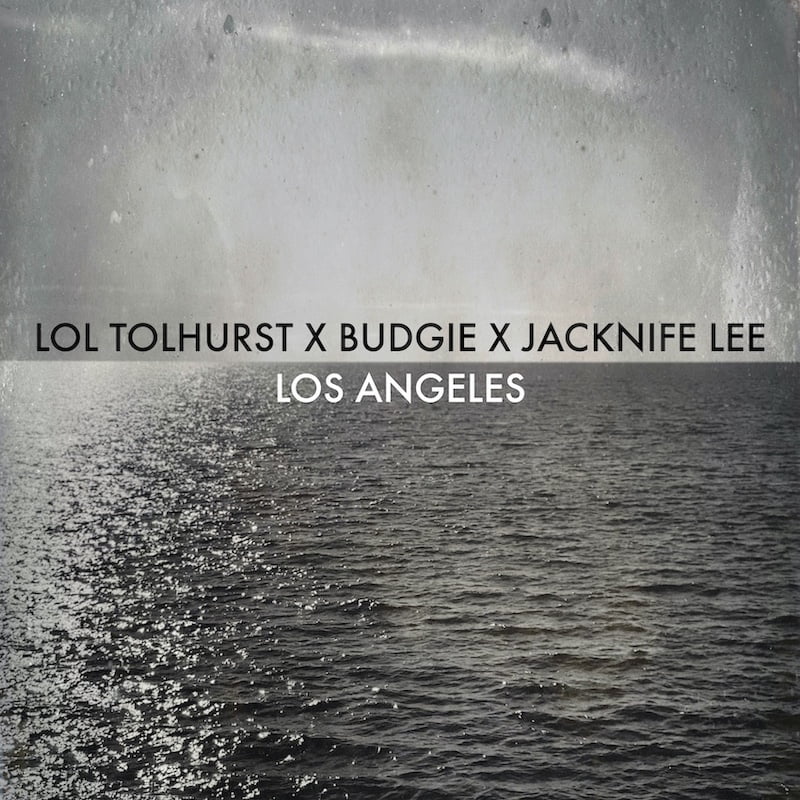 Budgie also provides the foreword to your new book. When did the idea to write Goth: A History form?
Budgie also provides the foreword to your new book. When did the idea to write Goth: A History form?
When I wrote Cured I’d never written a full-length book, so it was a monumental task. The subsequent book tour was very illuminating because I talked to a lot of people who had experienced that time and how it shaped the world they live in.
So, for this book, I wanted to talk about how important that whole musical genre is and why Goth is a way of being in the world.
John Robb and Cathi Unsworth have both recently written books about Goth, but what they’ve done is not the kind of book that I wanted to write.
We hadn’t colluded or talked to each other, so it’s interesting how we all approached the subject in different ways. I’m not a journalist and hate research, it’s like doing homework.
What I feel I’m good at is weaving stories to paint a bigger picture. I wanted to write about why Goth and that period was important. Once I got that idea, the book came easily to me.
You open the book by saying Joe Strummer and The Clash saved your life. How was punk fundamental to you?
England was dire at the end of the 70s… the whole western world was dire with Thatcher and Reagan in power. Punk was revolution and, after I first saw The Clash, I knew I could be a musician.
The Clash gave Robert [Smith] and me permission to believe that we were not trapped forever in our quiet desperation and could kick down some walls.
You trace the origins of Goth through your first influences – The Doors, Alice Cooper, Marc Bolan and Bowie. Is being an outsider essential to Goth?
It’s essential to life. It’s like what Groucho Marx said: ‘I don’t want to be part of any club that would have me as a member’. I’ve always wanted to think outside the box and ask why…
The post-punk Goth scene saw you cross paths with other ‘Architects of Darkness’ such as Joy Division, Bauhaus and The Banshees. What connected The Cure with these bands?
I think we all share similar beliefs. We were all illustrators of the time and the place that we came from. I talked to Kevin Haskins about how Northampton was such a dismal, dark place and how it informed who Bauhaus were.
The same goes for The Cure in Crawley, Joy Division’s Manchester, and for The Banshees growing up in suburbia on the edge of London.
When The Cure joined the Rock & Roll Hall Of Fame, they asked us who we wanted to be inducted by. I suggested Trent [Reznor] because I admire him. He was quick to acknowledge how he grew up in Mercer, Pennsylvania, a small US town surrounded by cornfields.
The thing that saved him was college radio and bands like The Cure. I see it as I travel around America. In every small town, there’s a bunch of Goths waiting to get out into the world. They may not call it ‘Goth’, but it’s the same thing to me.
There is a stark melancholia which permeates through those three early Cure albums, Seventeen Seconds, Faith and Pornography. Aside from geography, where did it come from?
The first record, Three Imaginary Boys, was just our live set at the time and us trying to tie all the things together that we understood.
When we came to make Seventeen Seconds, we told [Fiction Records founder] Chris Parry that we’d like to do it ourselves and channelled our teenage angst through that record.
Faith came along after Robert’s grandmother died and while my mother was dying, so it’s reflective of that whole horrible pain we were experiencing.
Pornography was the explosion after all that and it’s my favourite album by The Cure. Everything was falling apart, but the music was perfect.
People said our music was depressing, but it was the absolute opposite… It’s how we escaped those dark places and Goth people understand this.
There’s this cartoon version of Goth, which is people with bats sleeping in coffins, but that’s like people thinking punk was just spiky hair and bondage pants.
Yes, there are elements of that, but I don’t want to insult people by saying what total Goth is. I point out at the beginning of the book how The Cure is both the progenitor and antithesis of Goth.
What’s next for Lol Tolhurst?
We plan to take the record out on the road for a suitcase tour featuring me, Budgie and maybe a couple of other people.
We’re also hoping to encourage as many people as possible who appear on the record to play some bigger events. As Budgie also has a book coming out we hope to combine everything with a kind of residency.
The power of what we and other people in our generation did and continue to do resonates and is still worthwhile. We’re not shuffling off this mortal coil quite yet.
- Want more from Classic Pop magazine? Get a free digital issue when you sign up to our newsletter!
